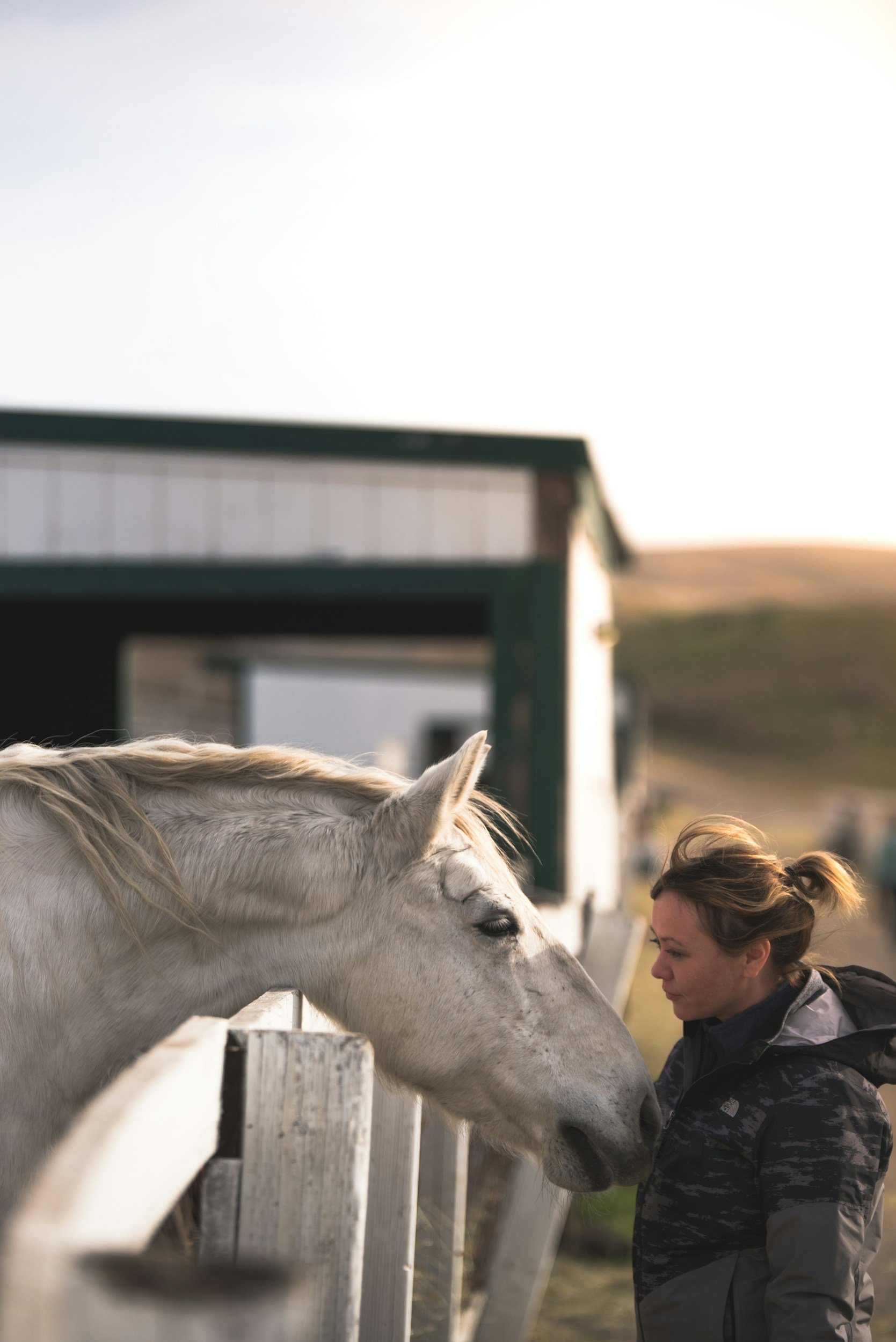
Unique genetic mutation underlies horses’ exceptional athleticism
Horses have long been celebrated as elite athletes of the animal kingdom, capable of extraordinary feats of speed and stamina. Now, scientists have uncovered a key genetic adaptation that helps explain their remarkable endurance—a mutation that supercharges their energy production while shielding their cells from damage.

Cornell Equine Advancing Research, Training and Community for Horse Health
A new Cornell initiative aims to make a positive impact on horses worldwide. Cornell Equine is a university-wide collaboration between equine researchers, educators, practitioners and athletes at the College of Veterinary Medicine (CVM), the College of Agriculture and Life Sciences (CALS) and Cornell University Athletics and was launched at the end of 2024.

Arterial Blood Gas and Electrolyte Analysis Predicts Survival in Horses with Colic
A recent study evaluated whether arterial blood samples taken upon admission could predict survival to hospital discharge for horses presenting with colic. The study, which included 358 horses undergoing medical or surgical management for colic, analyzed several blood parameters, including pH, oxygen levels (PaO2), carbon dioxide (PaCO2), electrolytes, and anion gaps, across different types of colic lesions.

Rein tension may affect horse behavior
In a pilot study carried out at the University of Helsinki, high rein tension was found to be associated with trotters opening their mouths, which indicates pain or discomfort in the mouth.
Rein tension denotes the force employed by the rider or driver through the reins. It can be measured with a sensor attached between the bit and the rein.

Movement sensors show promise in identifying horses at injury risk
A small 3-ounce sensor capable of recording 2,400 data points of movement in just one second being tested and refined by researchers at Washington State University could be key in reducing the number of injuries to racehorses.

Study reveals clues to how Eastern equine encephalitis virus invades brain cells
An atomic-level investigation of how Eastern equine encephalitis virus binds to a key receptor and gets inside of cells also has enabled the discovery of a decoy molecule that protects against the potentially deadly brain infection, in mice.
The study, from researchers at Washington University School of Medicine in St. Louis, is published Jan. 3 in the journal Cell. By advancing understanding of the complex molecular interactions between viral proteins and their receptors on animal cells, the findings lay a foundation for treatments and vaccines for viral infections.

